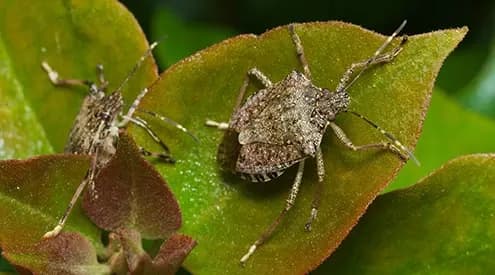Have you ever noticed how a single plant or animal species can completely alter an ecosystem? These uninvited guests—called invasive species—are a growing threat to global biodiversity, including here in India. Whether it’s the water hyacinth choking lakes or the lionfish overwhelming coral reefs, invasive species are creating ecological chaos worldwide. In this blog, we’ll explore what invasive species are, why they’re dangerous, and how initiatives like the CATCH Foundation’s work in NSG Manesar offer a scalable model for ecological restoration through CSR-driven action.
What Are Invasive Species?
Invasive species are non-native organisms—plants, animals, fungi, or microbes—that cause ecological or economic harm in a new environment. They outcompete native species for resources, disrupt ecosystems, and can even pose health risks to humans. As defined by the USGS, a species is considered invasive if it:
-
Is not native to the specific ecosystem
-
Causes or is likely to cause harm to the environment, economy, or human health
These invaders are not inherently evil; they are often introduced unintentionally via global trade, transport, or even well-meaning landscaping.
https://www.youtube.com/watch?v=gYNAtw1c7hI&pp=ygUQaW52YXNpdmUgc3BlY2llcw%3D%3D
The Growing Threat: Global and Indian Examples
Globally, the list of ecological troublemakers includes:
- Zebra Mussels: Originally from Eastern Europe, they have spread across North America and disrupt aquatic ecosystems by clogging pipes, damaging infrastructure, and outcompeting native mollusks.
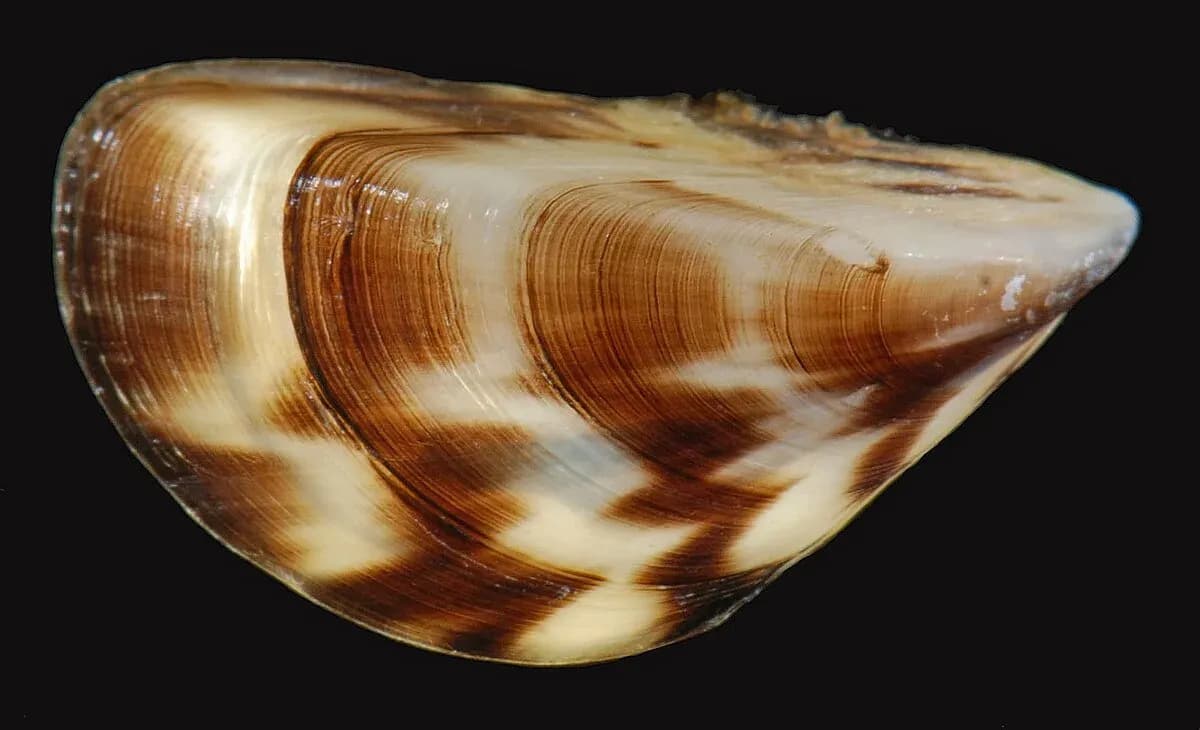
- Lionfish: Native to the Indo-Pacific, they now dominate Atlantic coral reefs, consuming native fish populations at alarming rates and threatening biodiversity.

- Kudzu Vine: Introduced to the U.S. from Asia in the late 19th century, this plant is known as "the vine that ate the South" for its aggressive spread that suffocates trees and crops.
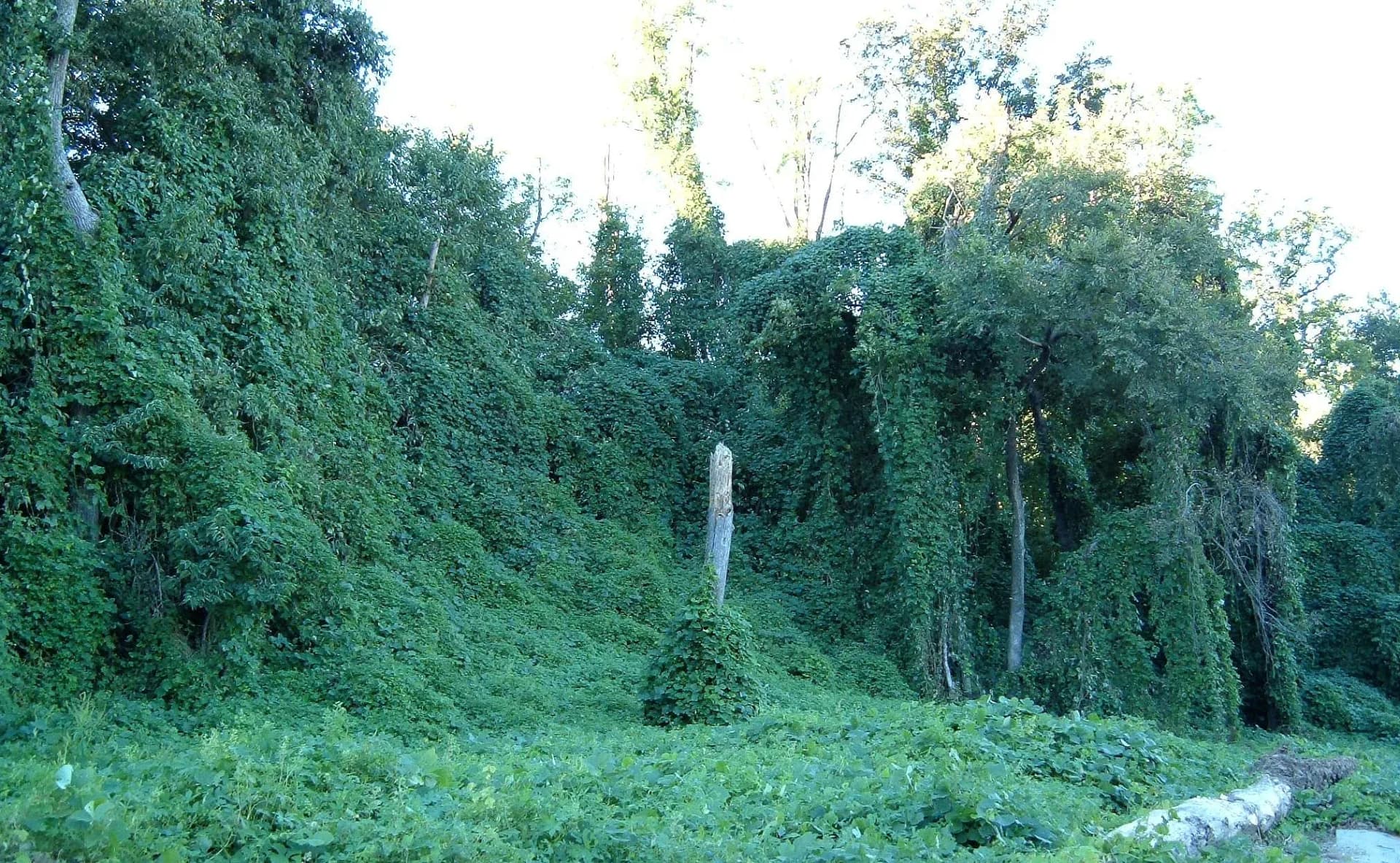
- European Starling: Released in North America by settlers, these birds aggressively compete with native species for nesting space.
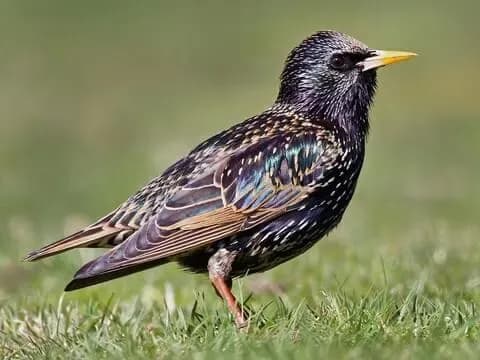
- Brown Tree Snake: Accidentally introduced to Guam, it has decimated native bird populations and caused extensive electrical outages.
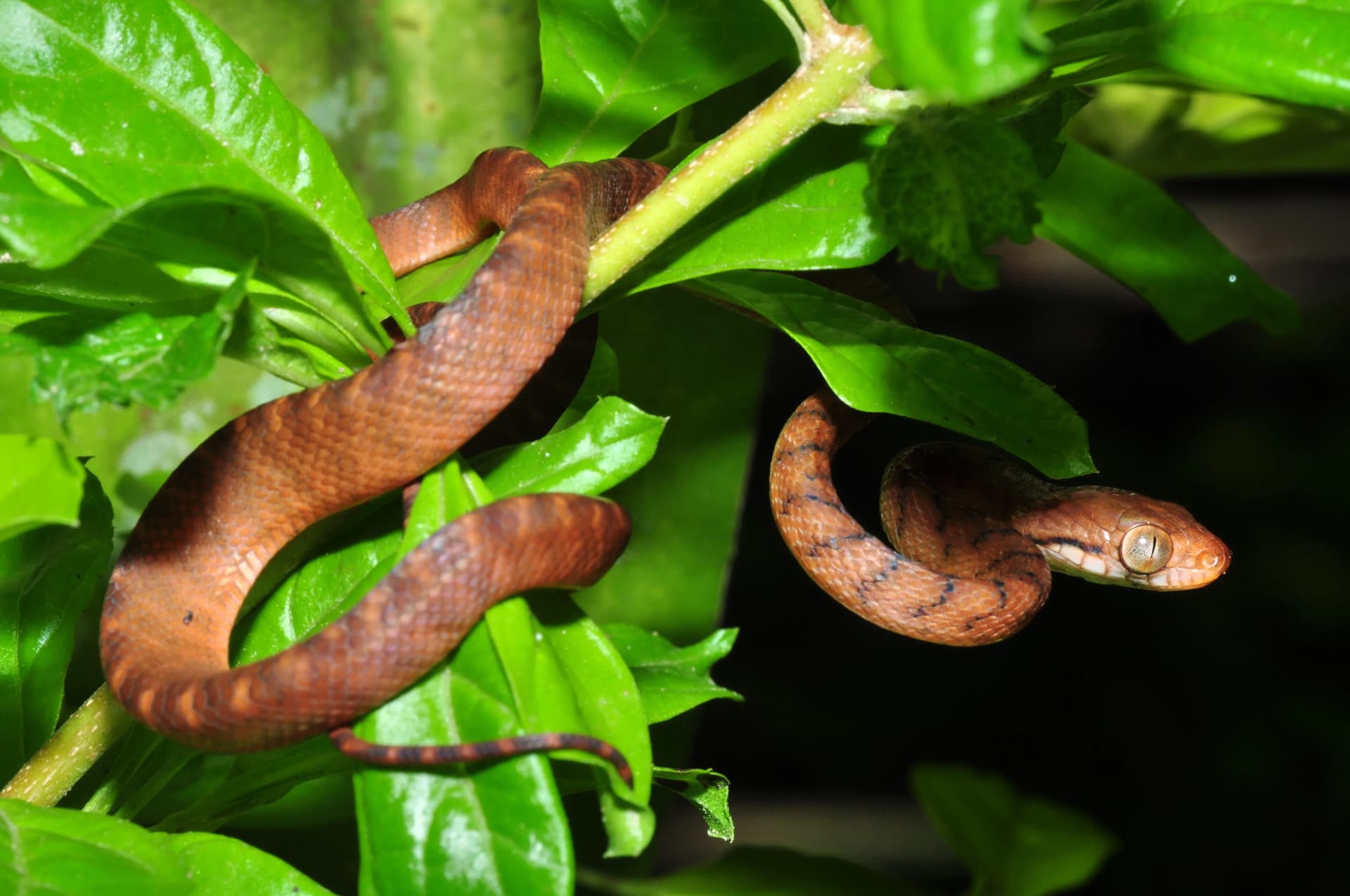
In India, the issue is equally serious:
- Lantana Camara: Introduced as an ornamental plant, it has now taken over forest undergrowth and is toxic to grazing animals.
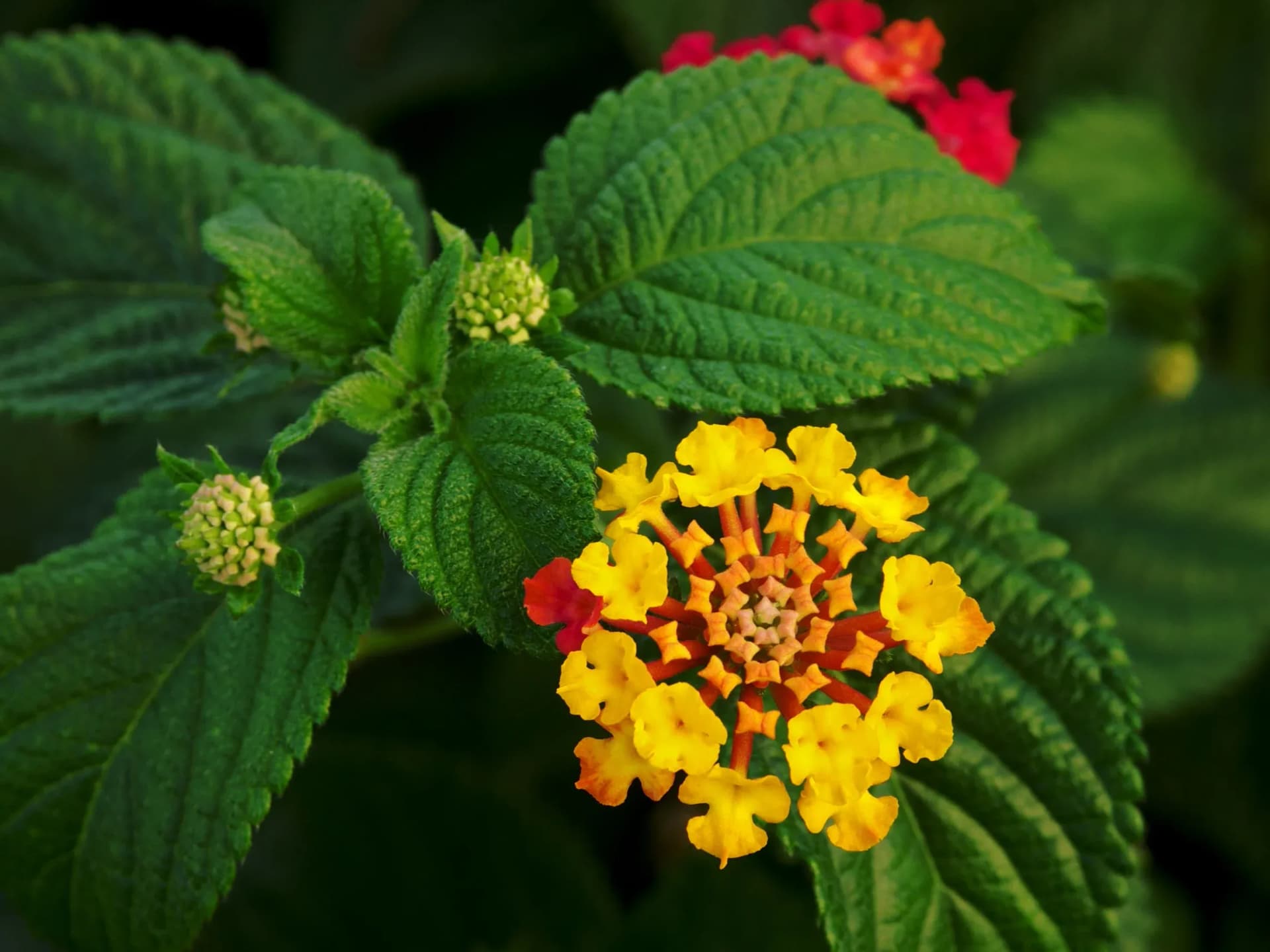
- Parthenium hysterophorus: This fast-growing weed causes respiratory issues, skin problems, and outcompetes native vegetation.
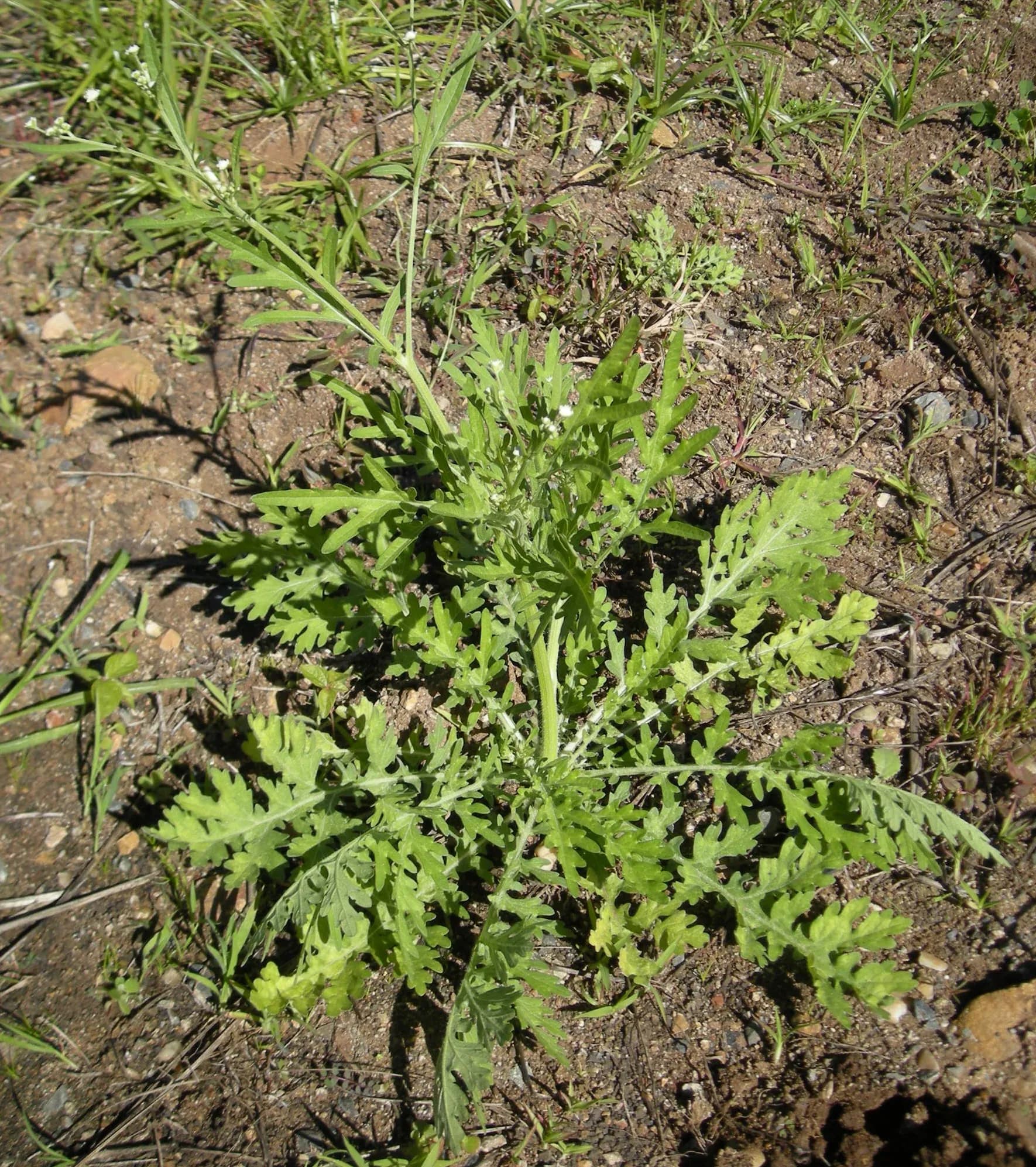
- Prosopis Juliflora (Vilayati Kikar): Alters soil chemistry, depletes groundwater, and forms dense thickets that crowd out native species.

- Eichhornia Crassipes (Water Hyacinth): Introduced for ornamental ponds, it now clogs waterways, depletes oxygen, and kills aquatic fauna.
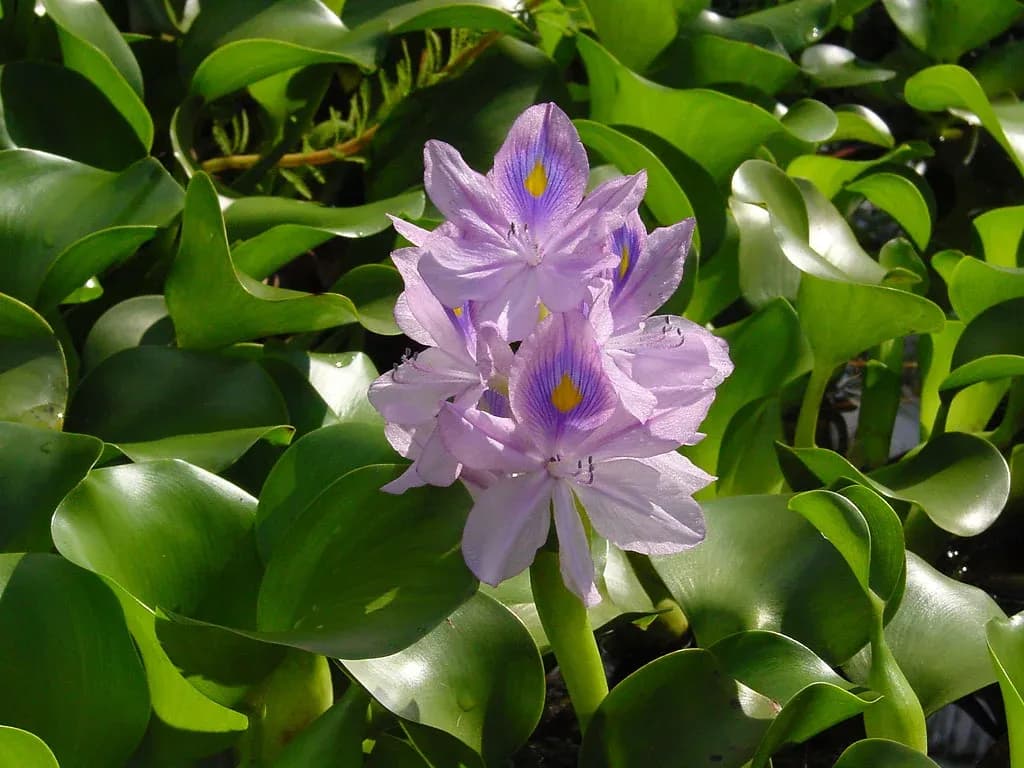
- Ageratum conyzoides: This invasive herb disrupts cropping systems and harbors pests.
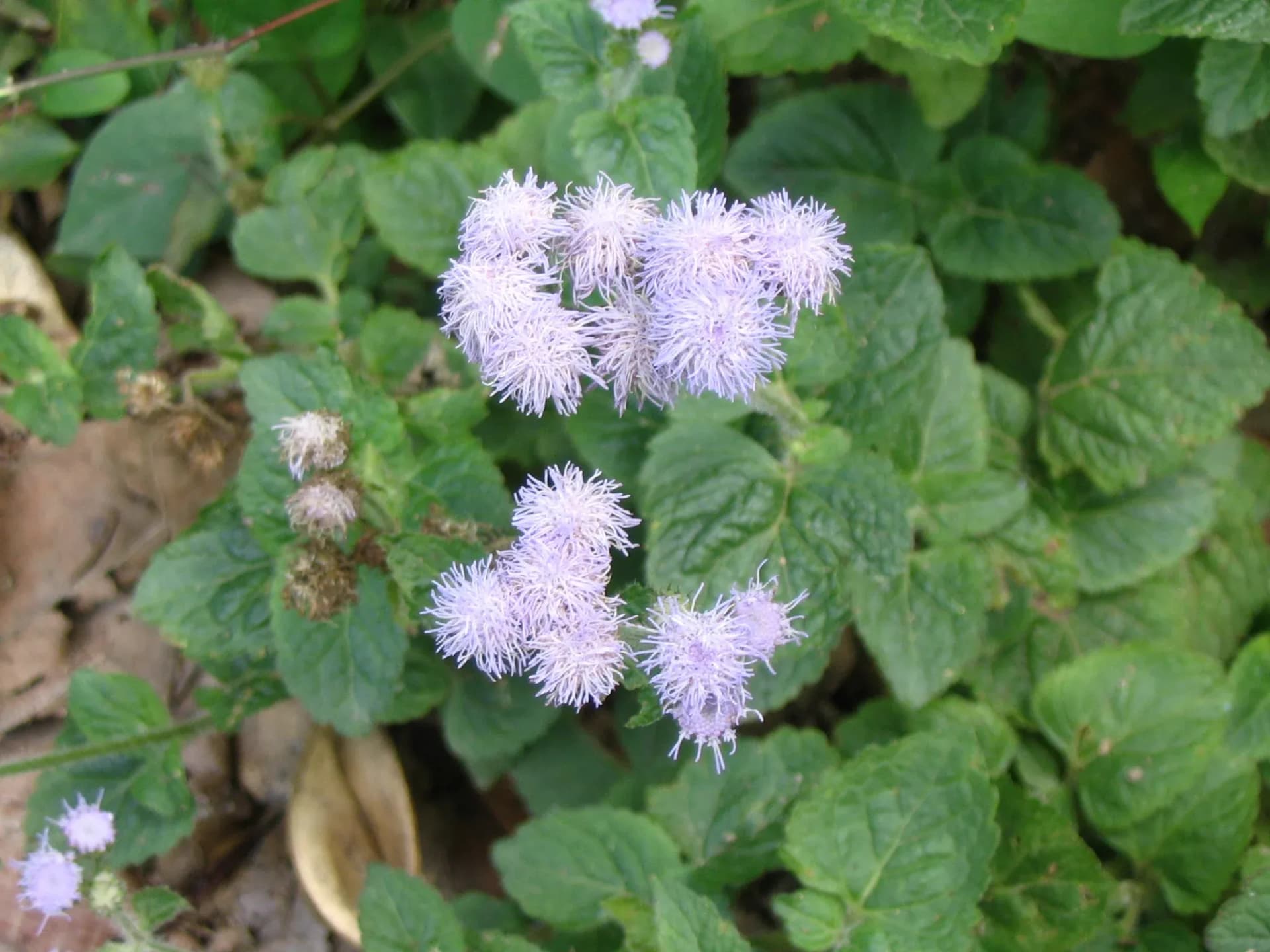
One particularly problematic species in India is Vilayati Kikar, which has overtaken thousands of hectares of land across semi-arid regions and is now being systematically removed in large-scale projects.
Case Study: Fight against invasive species
One of India’s largest ecological restoration projects is currently underway at the NSG (National Security Guard) Campus in Manesar, led by the CATCH Foundation. The project focuses on:
- Eradicating Vilayati Kikar, which has dominated the landscape and significantly degraded the native ecosystem.
- Planting 2,00,000+ native trees, representing over 25 species indigenous to the Aravalli region.
Efforts taken by NSG covered by the media:
Why This Project Matters
Vilayati Kikar forms dense thickets, reduces soil fertility, and prevents the regeneration of native plant species. By removing it and reintroducing native trees, CATCH is:
-
Restoring natural biodiversity
-
Improving groundwater recharge
-
Reviving habitat for local birds and insects
This large-scale initiative is not just a plantation drive—it is a long-term ecological revival effort, done in partnership with the NSG and supported by CSR contributors committed to climate action and biodiversity.
The Role of CSR in removing invasive species
Projects like this underscore how Corporate Social Responsibility (CSR) can play a pivotal role in reversing ecological damage:
-
Funding helps scale operations for invasive species removal and reforestation.
-
Monitoring frameworks allow for scientific tracking and data-driven decision-making.
-
Community engagement educates local populations and encourages co-ownership.
With India targeting net-zero emissions by 2070, CSR-backed nature-based solutions like afforestation and invasive species control are vital pillars.
How Do Invasive Species Spread?
Invasives hitchhike their way into new ecosystems through:
-
Trade & Transport: Cargo, containers, and travel gear
-
Ballast Water: Ships exchange water between continents
-
Agricultural Imports: Decorative or food plants gone rogue
-
Climate Change: Warmer temperatures allow new species to thrive
As noted by the National Invasive Species Council, even a single oversight can allow an invasive to take root and spread rapidly.
The Cost of Inaction: Environmental, Economic & Human Harm
Environmental:
-
Native species are displaced or go extinct
-
Habitats are altered beyond recognition
-
Soil and water systems degrade
Economic:
-
Billions lost in agriculture, forestry, and fisheries
-
Costly control and rehabilitation measures
-
Infrastructure damage (e.g., zebra mussels clogging water pipes)
According to the NWF, invasive species cost the U.S. economy over $120 billion annually.
Human Health:
-
Invasive mosquitoes spread diseases like Zika and dengue
-
Plants like giant hogweed cause burns and rashes
Are All Non-Native Species Invasive?
No. Not every non-native species causes harm. Many cultivated plants and livestock (e.g., wheat, rice, cows) are non-native but not invasive. For a species to be termed "invasive," it must:
-
Reproduce and spread on its own
-
Outcompete native species
-
Cause measurable harm to ecosystems or economies
What Can Be Done? Prevention, Control, and Restoration
1. Prevention
-
Strong quarantine and inspection laws
-
Educating the public and industries
-
Limiting trade in known invasive species
2. Control Measures
-
Mechanical Removal: Cutting or uprooting invasives
-
Chemical Control: Herbicides and pesticides (used sparingly)
-
Biological Control: Introducing natural predators
3. Restoration
-
Rehabilitating land with native species
-
Soil rejuvenation
-
Long-term monitoring of biodiversity
These efforts are often coordinated through national invasive species strategies. The NOAA and IUCN emphasize that success depends on local engagement and science-backed practices.
What You Can Do
-
Choose native plants for gardening
-
Clean shoes and gear before entering forests or protected areas
-
Avoid releasing pets or exotic plants into the wild
-
Support CSR campaigns focused on ecological restoration
Small actions, when amplified, can significantly reduce the spread of invasives.
Final Thoughts: Why We Must Act Together
Invasive species are one of the few global problems that start small but quickly become overwhelming. Their spread is silent but devastating—and reversing it is time-intensive and costly. However, as shown by the CATCH Foundation’s work in NSG Manesar, hope lies in proactive, community-driven, and CSR-backed restoration efforts. By focusing on the root of the issue—restoring native biodiversity—we not only fight climate change but also protect the intricate web of life that sustains us all.
References & Further Reading
Let’s restore what’s ours. One native tree at a time.
